What is the grade of Arabica coffee beans? introduction to the flavor and taste of the main producing areas of Arabica coffee
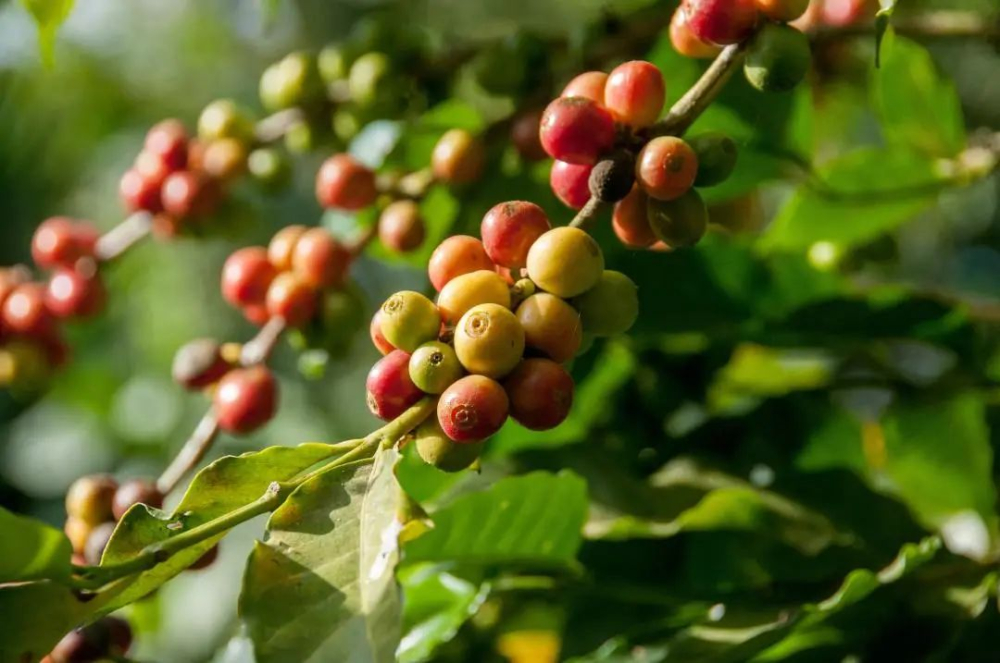
Coffee, as a crop, is a tropical plant and needs to be grown in a cool and comfortable place without Frosts Descent. So which countries are suitable for growing coffee? This article on Qianjie briefly introduces the main producing areas of Arabica coffee.
Arabica grows on coffee belts.
The main planting areas of coffee trees are distributed between latitude 25 °south and latitude 25 °north with the equator as the center, which is called the "coffee belt".
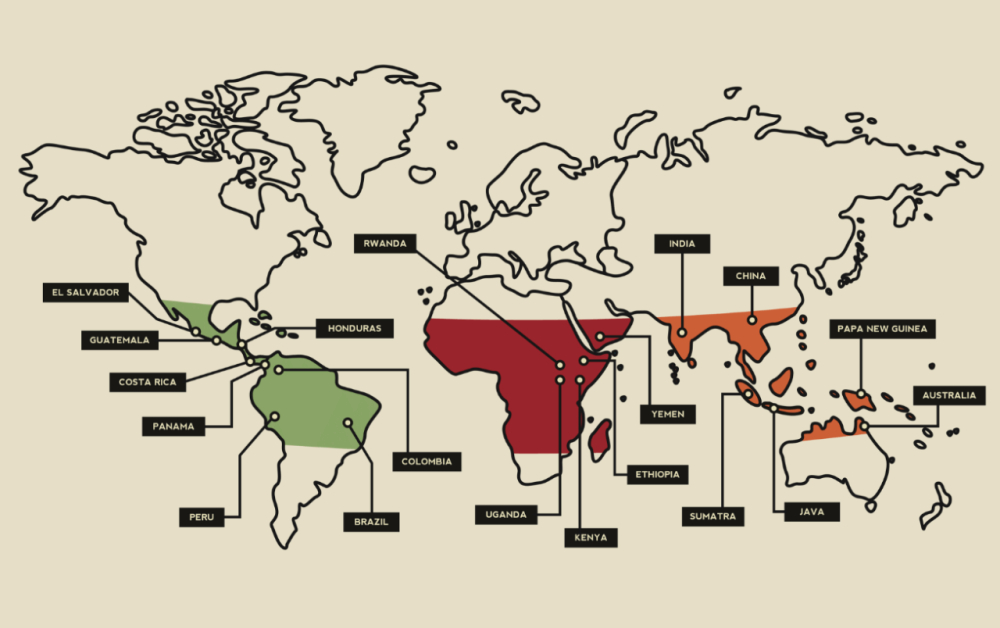
Both Robusta and Arabica coffee are suitable for growing in coffee belts. Robusta can grow at low elevations, while Arabica coffee trees are mostly planted in areas with elevations of 900 to 2000 meters above sea level, preferring calm, cool and shady environments. As a tropical cash crop, coffee is suitable for planting coffee trees because of its relatively high and stable temperature, high and evenly distributed annual rainfall and fertile soil with good drainage. The coffee belt covers more than 70 countries and regions in the world, and the climate of more than 50 countries and regions meets the needs of coffee bean growth, so it has become a coffee producing country. For example, Yunnan and Hainan in China are also on the coffee belt, so they are very suitable for growing coffee.
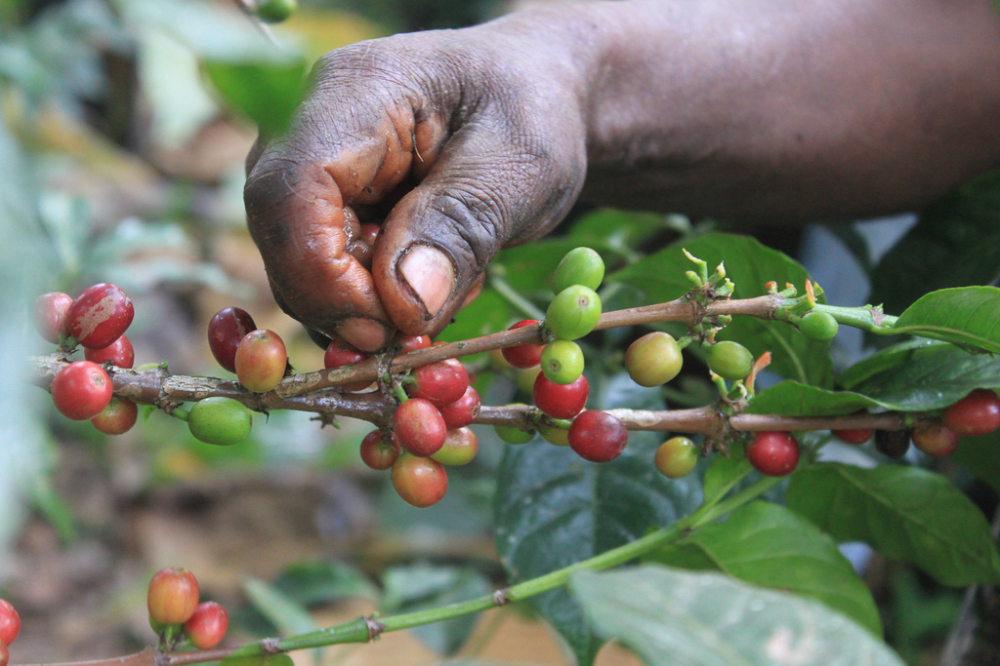
Arabica is a representative variety of Ethiopian origin, accounting for 7075% of the world's coffee production. The cultivation of Arabica species requires very stringent conditions and high requirements for soil. Arabica species need to grow at a height of 800 to 2200 meters without frost, and the higher the altitude is, the significant temperature difference is formed, which delays the ripening of coffee fruit, which is more conducive to the accumulation of flavor substances and fuller aroma development. The microclimate of each coffee producing area provides a variety of growth conditions for Arabica, forming a unique flavor and taste.
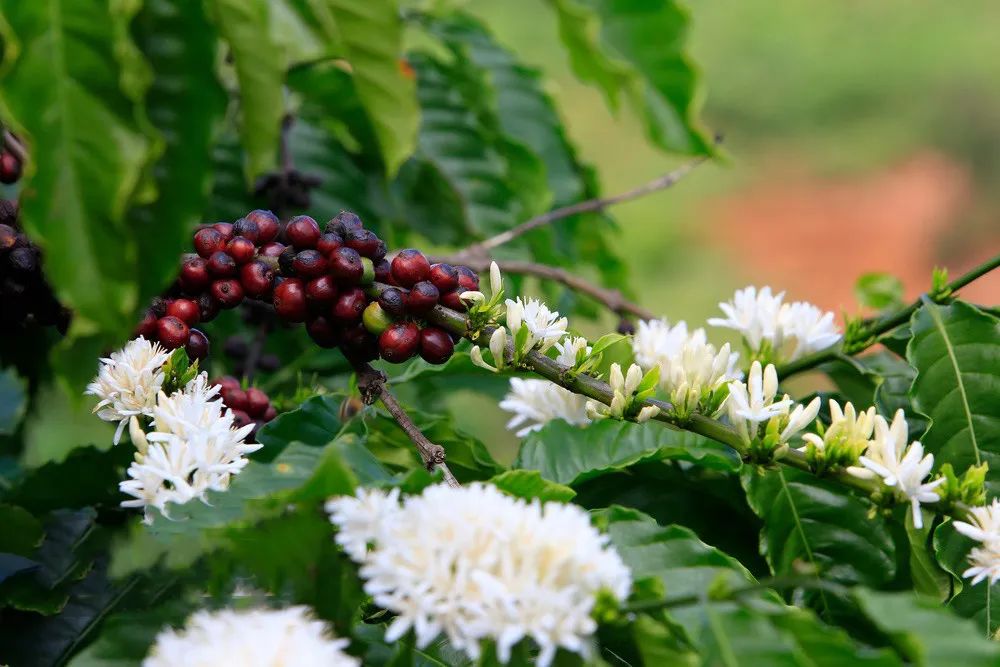
Arabica is low in caffeine, about 0.9% to 1.2%, 60% more fat than robusta coffee, and twice as much sugar, so Arabica tastes sweet and soft, with a bit of fruit acidity. Most of the coffee we drink in the shop is made of Arabica coffee beans. Because of its rich aroma and diverse taste, it will be used in various extraction methods such as espresso, hand-brewed coffee, cold-extracted coffee and so on.
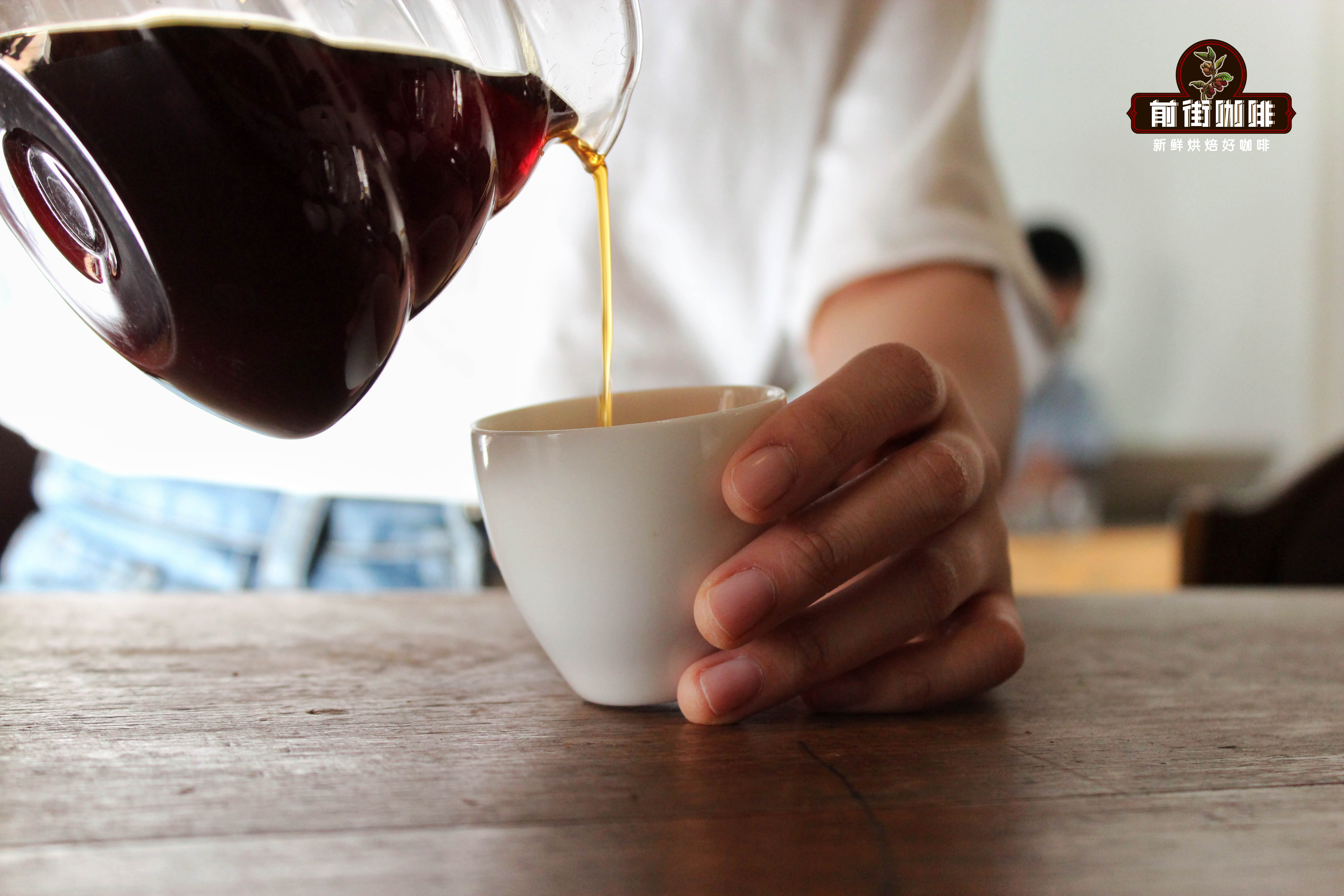
What are the coffee producing areas in Arabica?
There are three main coffee growing regions in the world, namely, Latin America (Latin America), Africa (Africa Area) and Asia-Pacific (Asia/Pacific Area). Coffee from different producing areas has individual flavor characteristics.
There is a cost-effective rations bean series on the bean shelf in front street, which selects seven excellent producing areas in three major coffee growing areas, covering a number of very representative varieties and natural treatment methods. The so-called rations and beans, as the name implies, are varieties that have no burden to drink every day, and are very close to the people in price and flavor. Qianjie has selected a number of "facade representatives" so that people can identify the basic flavor of each major producing area. These include Yega Xuefei in Ethiopia, Vivetnango in Guatemala, Whelan in Colombia, half-sun Syrador in Brazil, Tara beads in Costa Rica, wet planer forest in Indonesia and Baoshan in Yunnan, China.
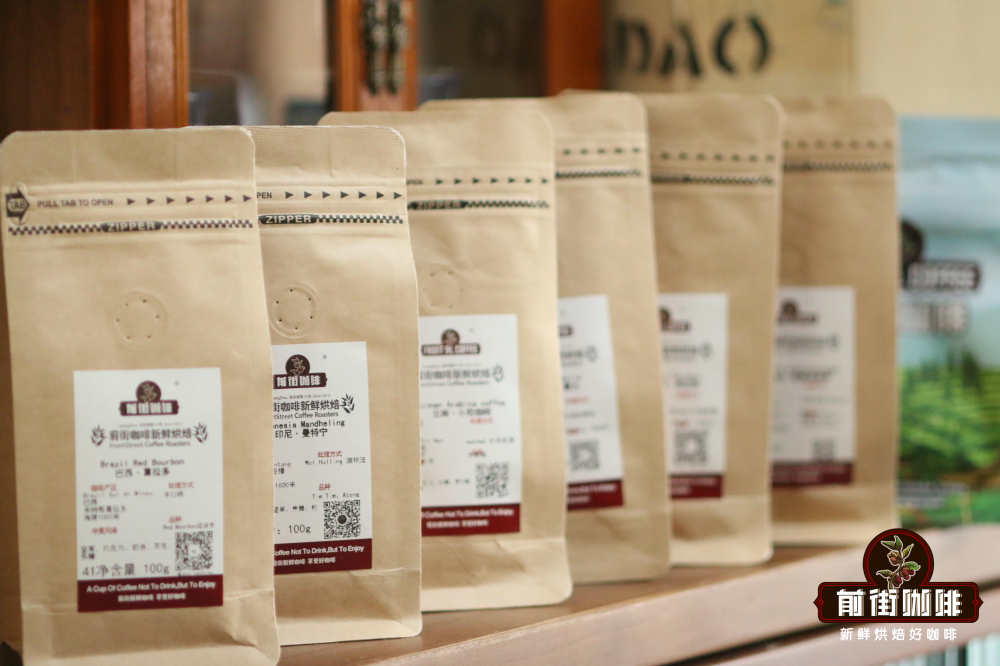
Representative of Latin America:
Brazilian Syrador
Brazilian coffee does not have the same high altitude as in Africa or other South American coffee producing areas, where most of the area is only a few hundred meters high, and Brazilian growers seeking mass production mainly use large-scale sun-exposed planting patterns. Therefore, the fruit of Brazilian coffee ripens quickly, without all the rich acidity of high-altitude coffee, and the taste tends to be glycol and balanced. There are as many as 14 coffee producing areas in Brazil, of which Syrador and South Minas in Minas Gerais and Morgiana in S ã o Paulo are the most famous.
Syracuse is the first coffee producer in Brazil to be certified as "country of origin". At an altitude of 800-1300 meters, with four distinct seasons (wet summer and dry winter), the soil is rich in minerals, and the coffee is smooth with nutty and creamy taste, with a well-balanced taste and a very classic Brazilian flavor.
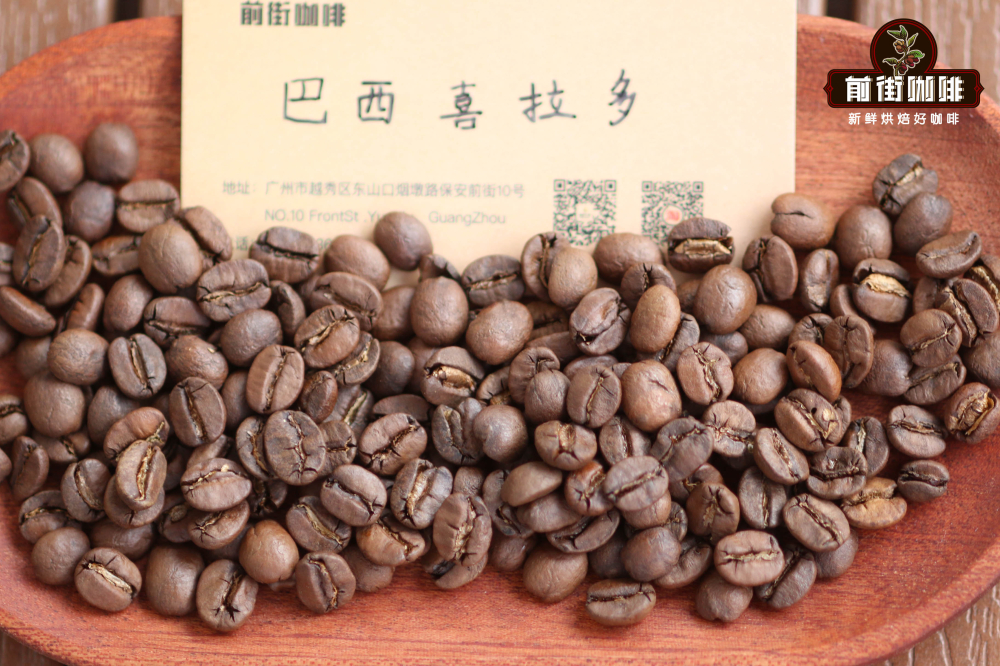
Huilan, Colombia
The Colombian coffee-growing region is located in the western Andes with three stretching mountains. Along the highlands of these mountains, the mountain steps provide a diverse climate, and coffee can be harvested regardless of season. The higher quality coffee producing areas are mainly concentrated in the southwest, with an altitude of more than 1500 meters. There is a significant temperature difference at high altitude, which delays the ripening time of coffee fruit and has sufficient time to absorb more nutrient essence and transform it into delicate flavor.
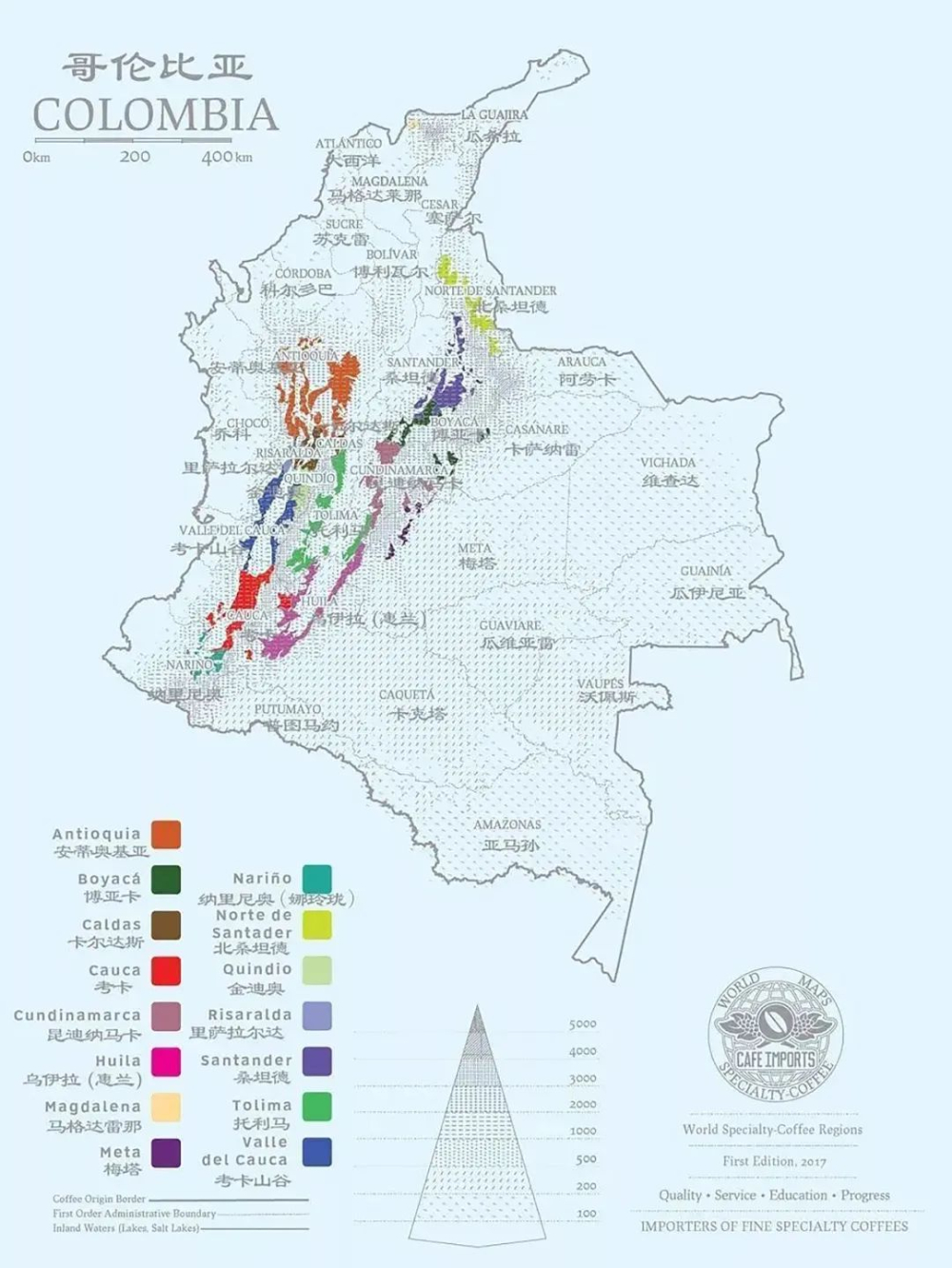
Huilan Huila, located in the south of the Central Mountains, is one of the most important boutique coffee producing areas in Colombia in recent years. It is surrounded by a variety of hills, and the Columbia River flows here, providing sufficient water resources and moisture, making Rain Water abundant, coupled with the black soil provided by volcanic ash. This makes the coffee here full of nutty, chocolate aromas and bright and pleasant acidity. Whelan Coffee is recognized as the representative product of Colombia's top boutique coffee with such exquisite flavor, so Front Street lists it as Colombia's facade representative, selected from the local popular Kaddura variety, using the Colombian traditional washing method.
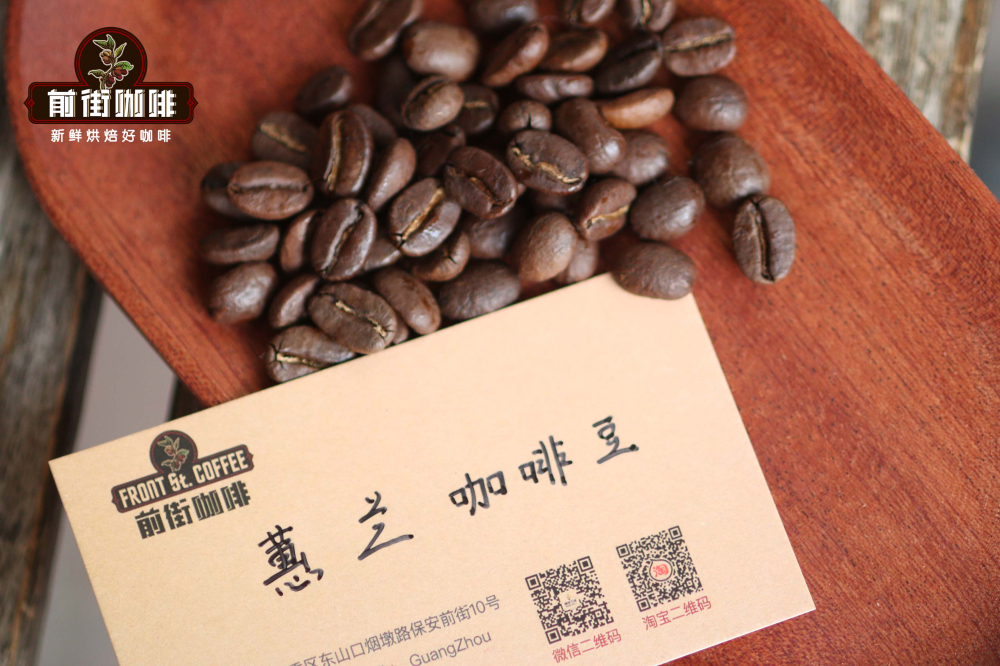
Guatemala Vivette Nango
The Vivette Nanguo Highland is located in the western non-volcanic area with the driest climate and the highest elevation in Guatemala. Because it is located at the edge of plate boundary activity, under the ever-changing wind and soil conditions of the alpine basin, the flavor of coffee is also rich and varied. Like Antigua, it is rich in volcanic soil, up to 2000m above sea level, but coffee trees can grow on a 2000-meter plateau due to dry hot winds from Mexico in the northwest.
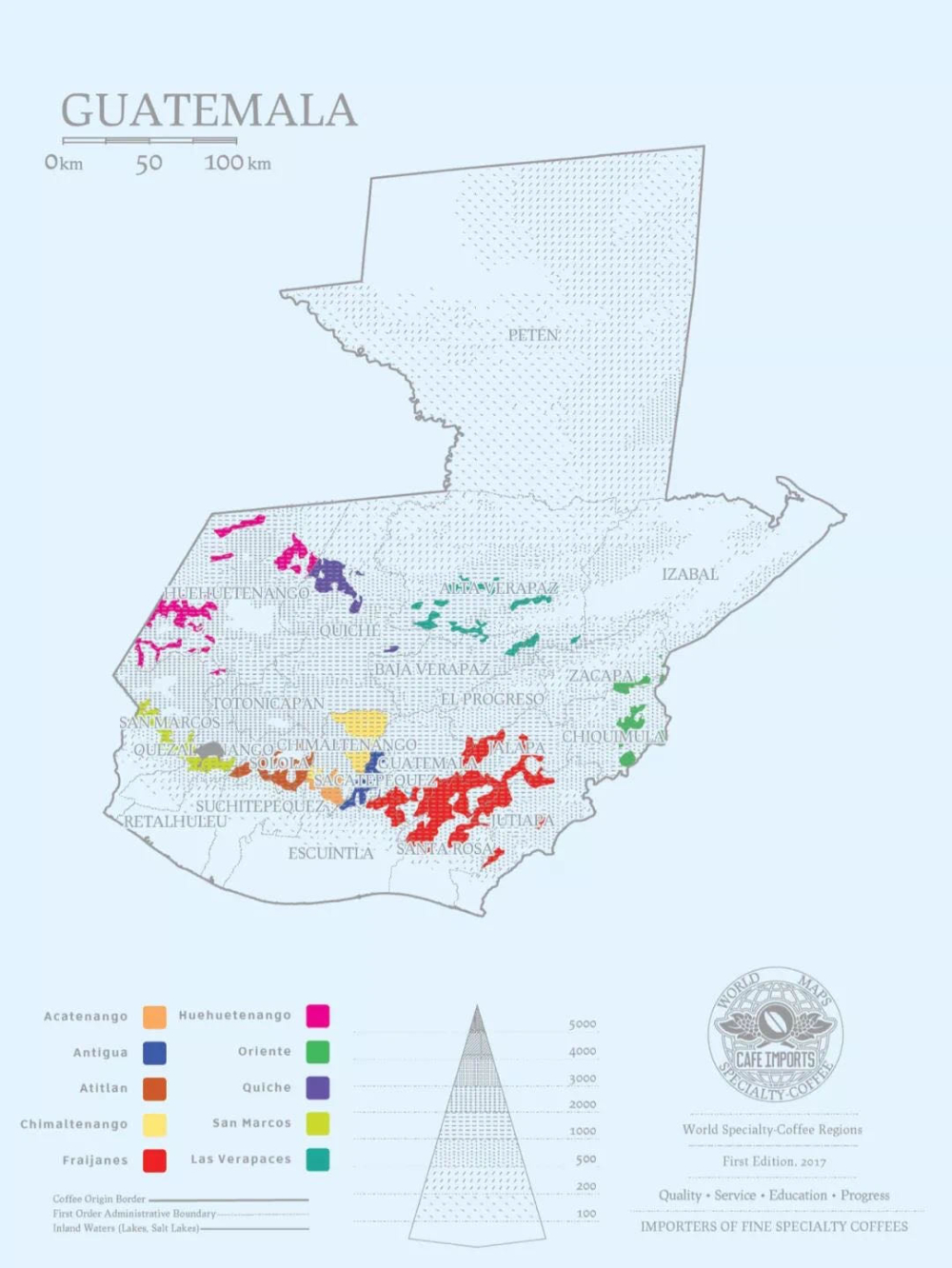
As we all know, each country has its own coffee grade standard. Raw coffee beans in Guatemala are mainly rated according to altitude. The higher the altitude, the higher the density of coffee beans and the higher the grade of raw coffee beans. The vast majority of coffee in Vivette Nan fruit producing area belongs to SHB extremely hard beans, and SHB is the highest grade of raw beans in Guatemala. The Vivette South Fruit Coffee treated with water shows a high degree of cleanliness, the fragrance of flowers and tea, the acidity of berries and the sweet tail of honey, with a very rich sense of hierarchy.
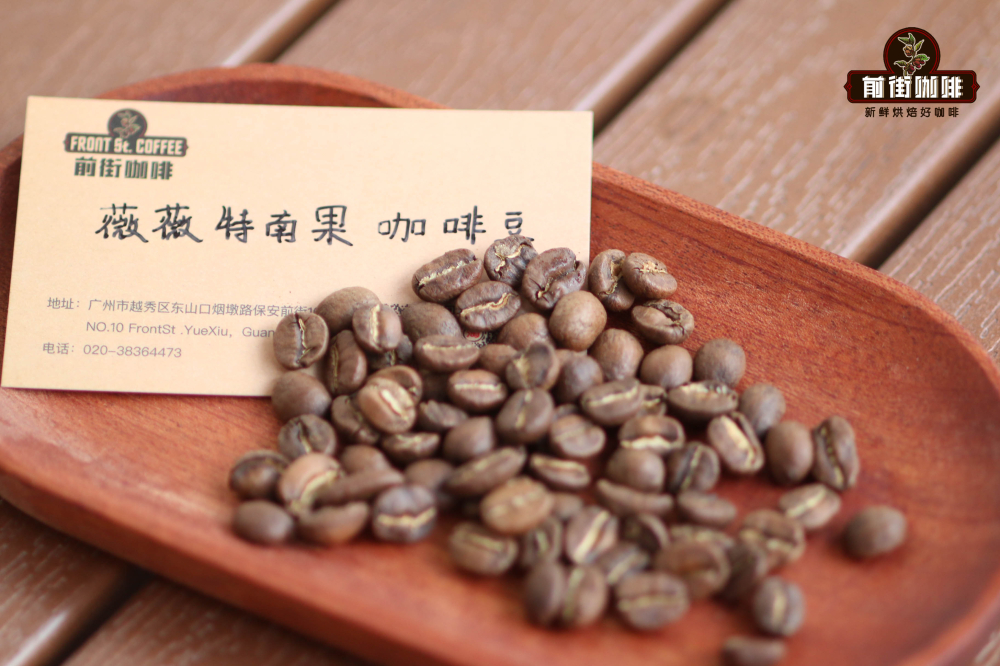
Costa Rican Tara beads
The Tarazhu producing area is located in the volcanic area south of the Costa Rican capital San Jose, with fertile soil, mild and suitable temperature climate, stable and abundant rainfall, and an average high altitude of more than 1500 meters. these provide a very good growing environment for coffee trees, which do not need to use artificial fertilizers and pesticides in the planting process. Therefore, more than 95% of the coffee beans in the high mountain producing area of Tarazhu are very hard beans (SHB).
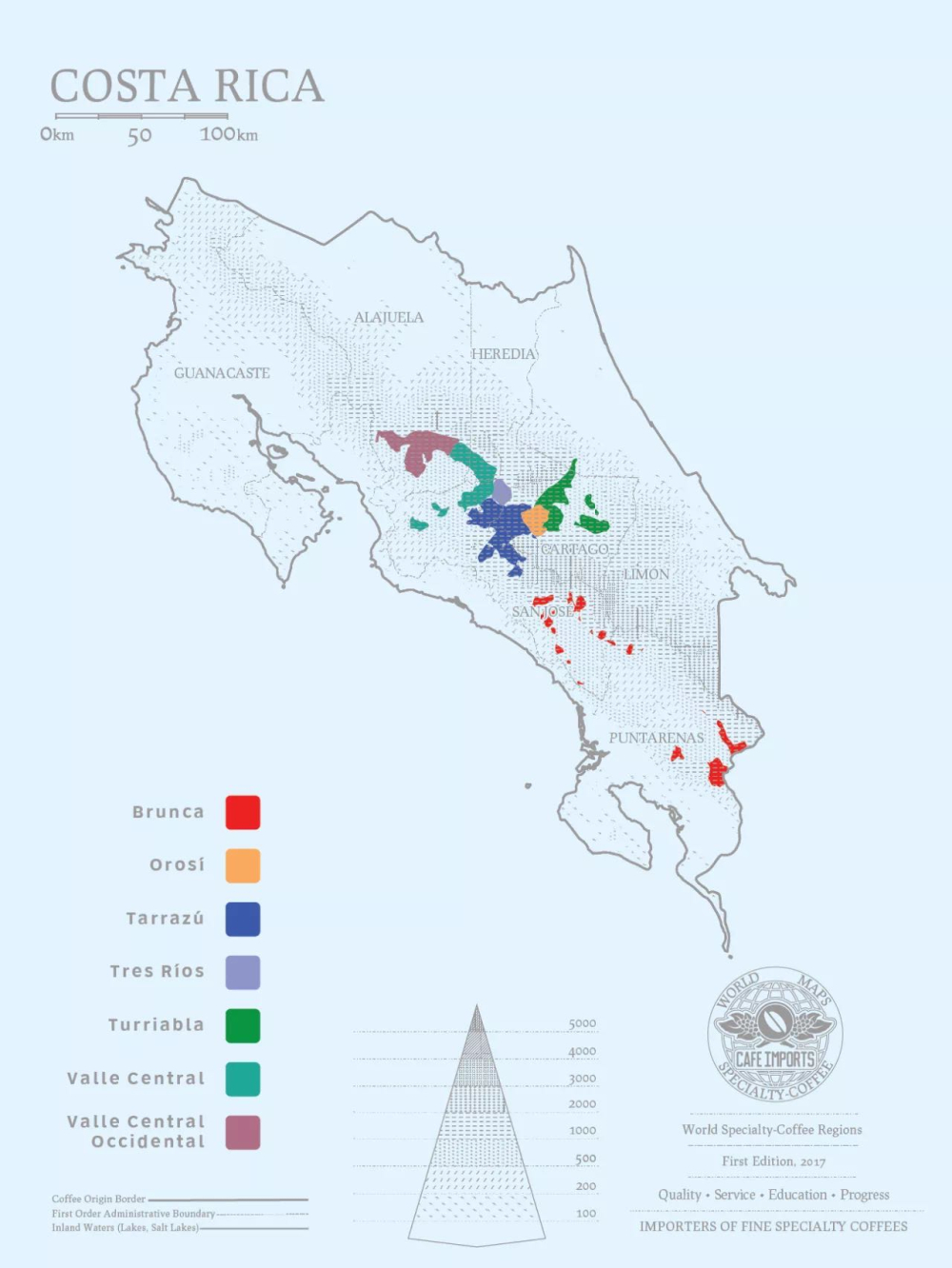
In addition to the inherent environmental advantages, Tarazhu's coffee skills are also quite superb, including breeding, planting and post-processing can walk in the forefront of the industry, in addition, the local coffee fruits are manually harvested and selected, so the coffee beans are full, the flavor is balanced and has an elegant sweet and sour feeling. Qianjie Tarazhu rations beans are selected from the mixture of Kaddura and Kaduai. Kaduai is a hybrid of New World and Kaddura, with strong disease resistance, more monotonous flavor than Kaddura, and nut tonality, without the rich hierarchical sense of Kaddura. The mixture of the two varieties makes Tarazhu coffee more balanced and soft, with a nutty, creamy, sweet orange flavor.
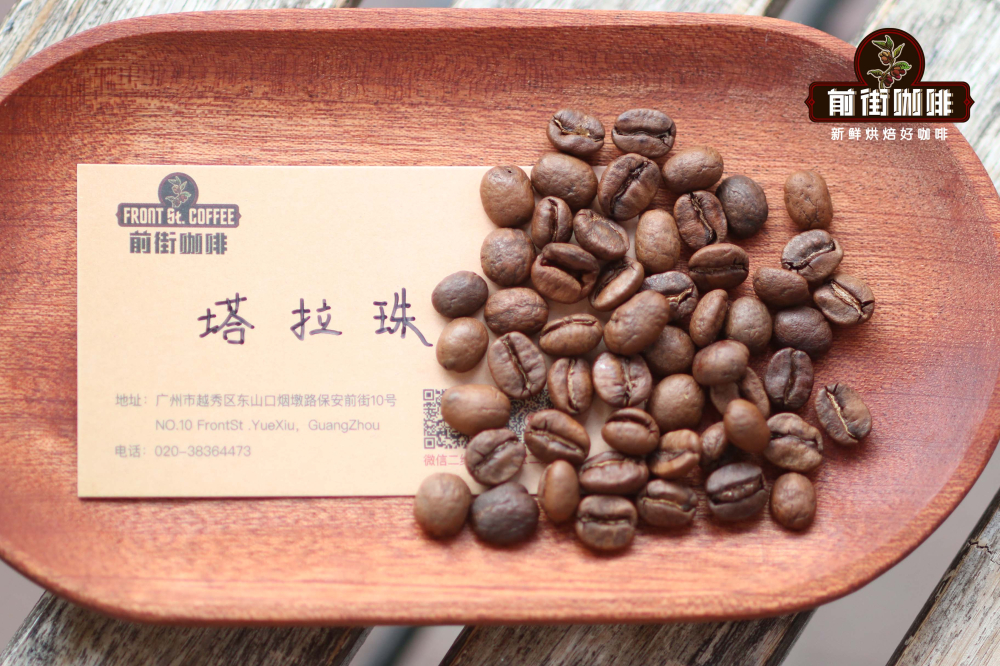
Representative of Asia:
Sumatra, Indonesia
Indonesia is the largest archipelago country in the world. Coffee was introduced to Java by the Dutch colonists as early as the 18th century and spread to other islands as well. Elegant Arabica varieties are concentrated in several islands at higher elevations: northern Sumatra, Sulawesi and Java. Sumatra is one of the earliest large-scale coffee growers in the world, most of which come from Aceh province in the north and North Sumatra province to the south of Aceh province. The two main producing areas revolve around the famous local volcanic lakes, Lake Toba and Lake Tawa, traditionally known as Lindong and Aceh. Volcanoes bring fertile soil to Sumatra, where coffee usually has a calm, thick flavor.
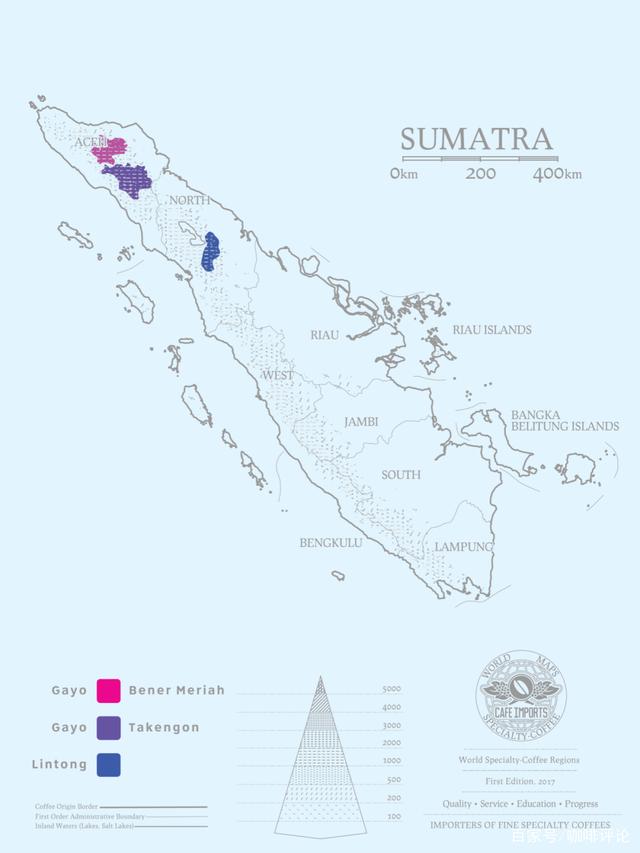
Sumatra is a typical tropical rain forest climate, rainy and humid all the year round, typhoons are easy to hit, and freshwater resources are scarce. Local people can not use the traditional washing method to treat large quantities of coffee beans, let alone dry them in the sun for a long time. As a result, the name of the local coffee farmer invented the wet planing method, which takes only 4 days, and the fermentation time and solarization time are much shorter, saving a lot of manpower for production. This also gives Sumatra's Mantenin coffee a unique Southeast Asian flavor of herbs, spices and wood. Qianjie chose the wet Manning coffee from the Lindong producing area, using the dark chocolate mellow, nutty and caramel aroma of the medium-deep roasted outstanding coffee.
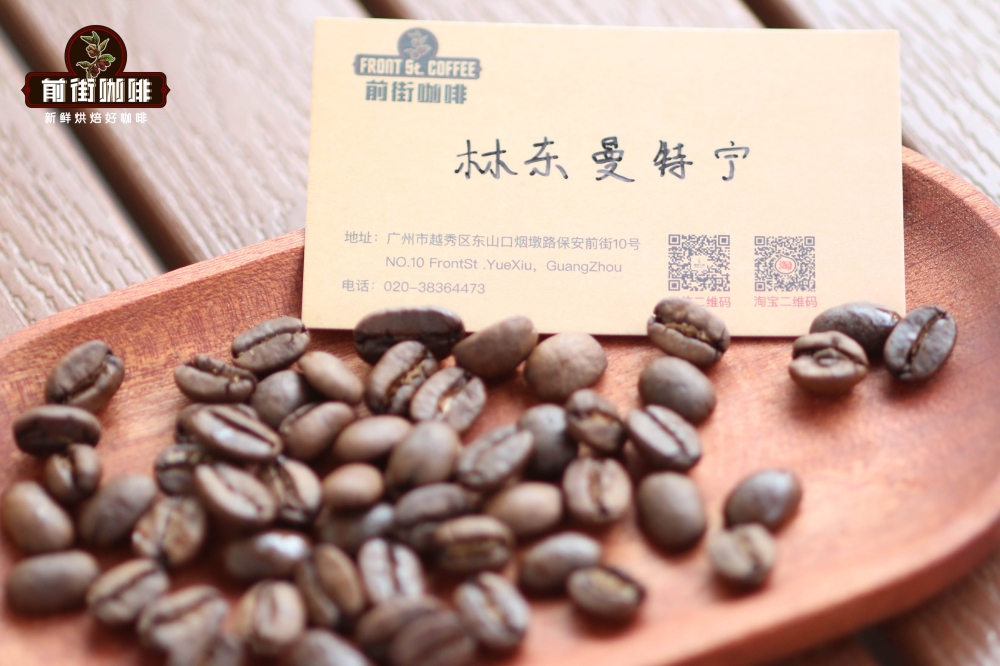
Yunnan, China
At present, coffee in Yunnan Province has been planted in 35 counties in 9 cities, including Pu'er City, Baoshan City, Dehong Prefecture, Lincang City, Wenshan Prefecture and Xishuangbanna. Yunnan coffee on Qianjie bean list is selected from Baoshan and Lincang producing areas. The frost-free warm climate of Baoshan is very suitable for the growth of small-grain coffee, especially in the unique dry-hot valley around Lujiangba, but the temperature difference between day and night is large, which creates the unique return of Baoshan small-grain coffee. in addition, it has a reasonable low rainfall, which brings great advantages to coffee production.
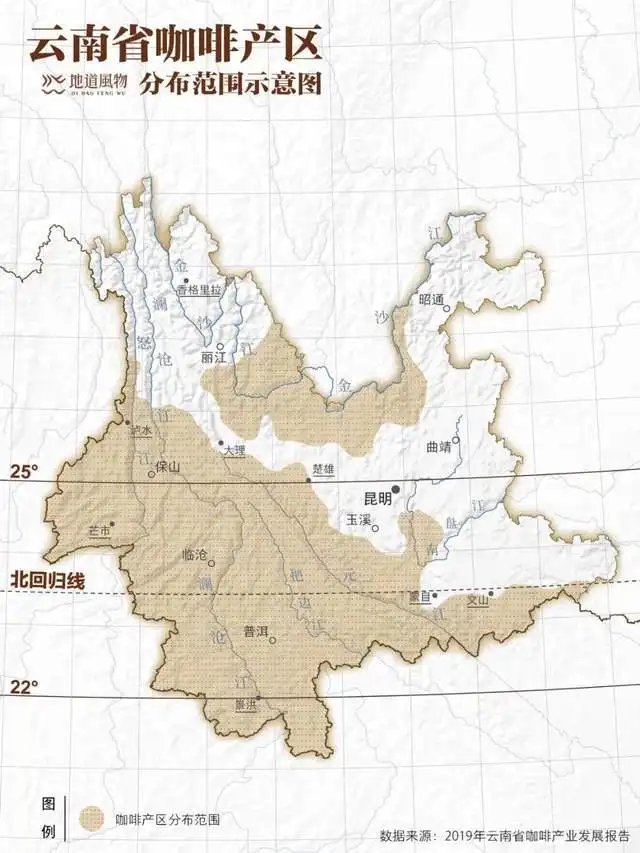
Baoshan is a large and early coffee producing area in Yunnan. Compared with other producing areas such as Pu'er and Menglian, the biggest climate feature of Baoshan is relatively less precipitation and higher elevation, so most of Baoshan producing areas have less fruit and flesh of coffee beans. but high sweetness. Yunnan, as our country's own coffee producing area, Qianjie, of course, will include it in the series of rations and beans, so that everyone can taste the taste of Yunnan coffee. Qianjie Baoshan small grain grain beans were selected from Katim, the most commonly cultivated variety in Qianjie, Yunnan, and were washed naturally, showing the neutralization of nuts, chocolate and brown sugar after baking.
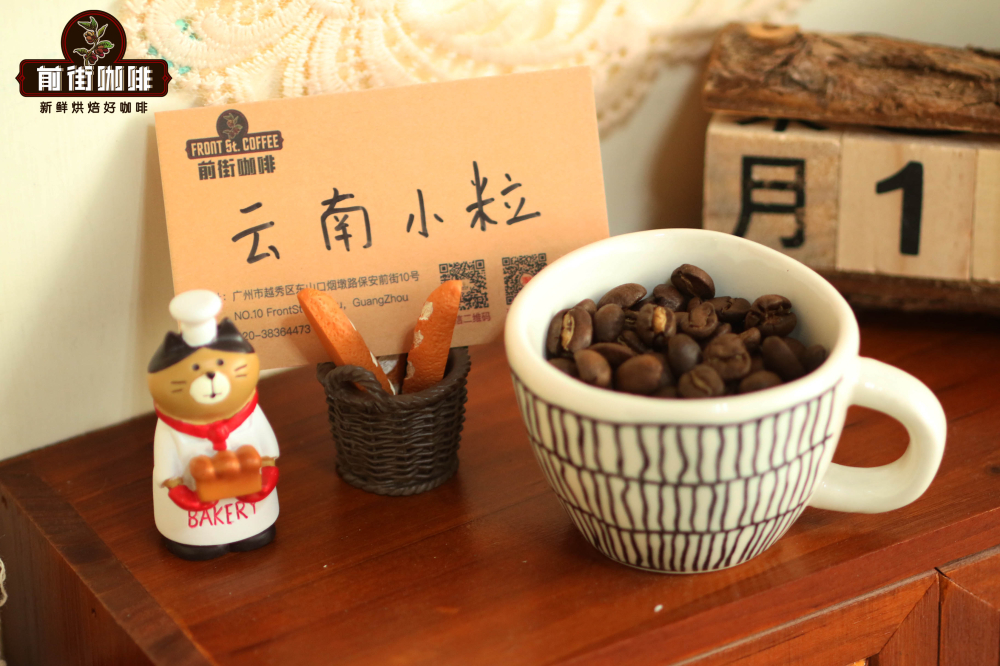
Representative of Africa: Yega Xuefei, Ethiopia
Ethiopia is the birthplace of coffee, where tens of thousands of Arabica native species of coffee are preserved, which can be said to be a natural coffee museum. The town of Yegashafi is located in Sidamo province, Ethiopia, with an elevation of more than 2,000 meters, which is one of the highest producing areas in Ethiopia. Coffee trees are mostly planted in farmers' own backyards, or mixed with other crops in the farmland, with little yield per household, which is a typical pastoral coffee. These mountain villages are foggy, like spring all year round, with a gentle breeze in summer, cool but not hot, rain but not damp, and no cold damage in winter, thus giving birth to this unique regional smell of citrus and flowers.
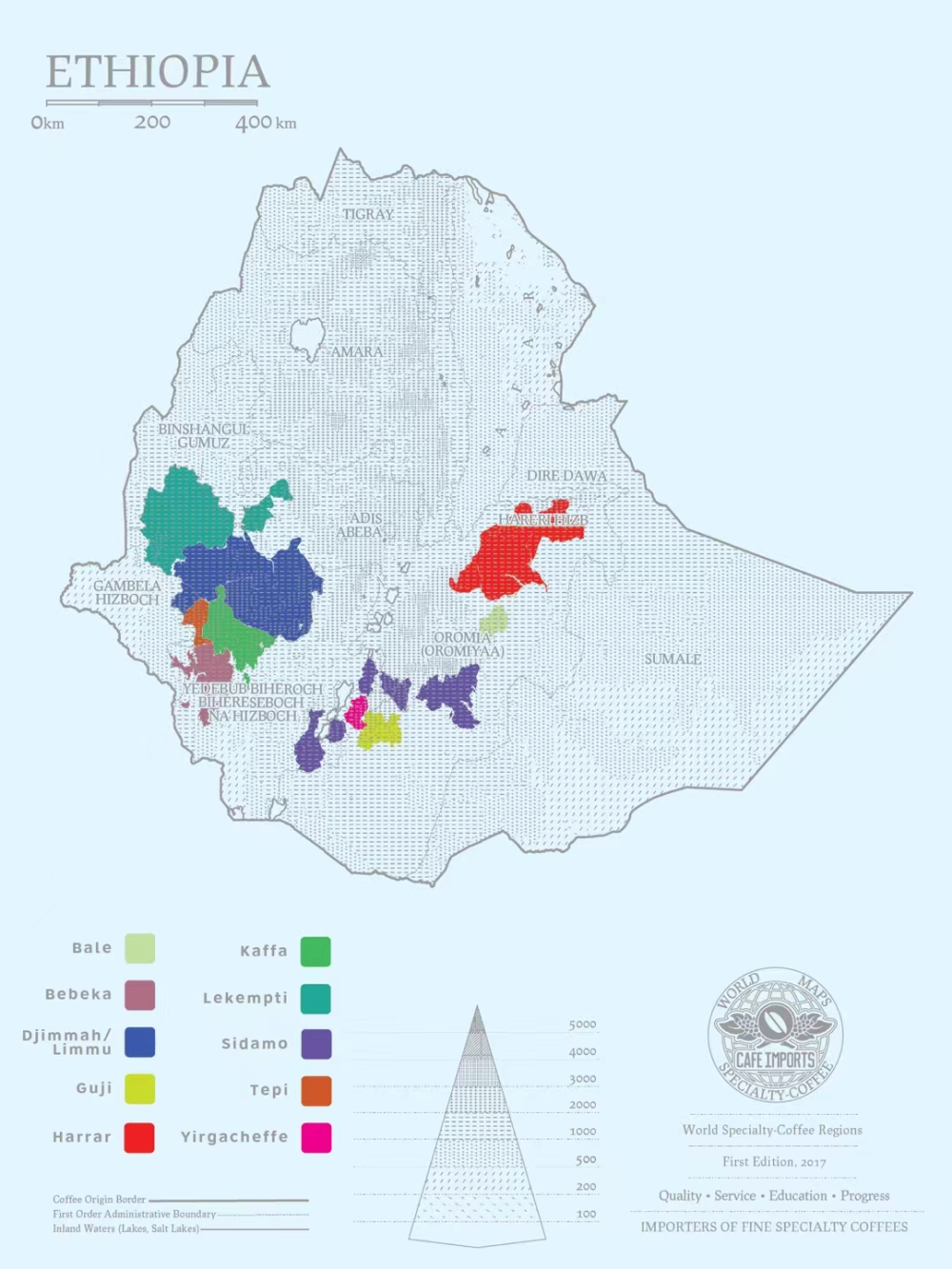
Qianjie Ye Jia Xuefei rations beans are also selected from the batch of water washing, which can not only reduce the defect rate of coffee beans, but also make the flavor of Yejia Xuefei show fresh citrus tone and elegant white flower aroma, bright and delicate. As a result, Yega Xuefei became independent from the Sidamo producing area and became a well-known producing area in the coffee circle today.
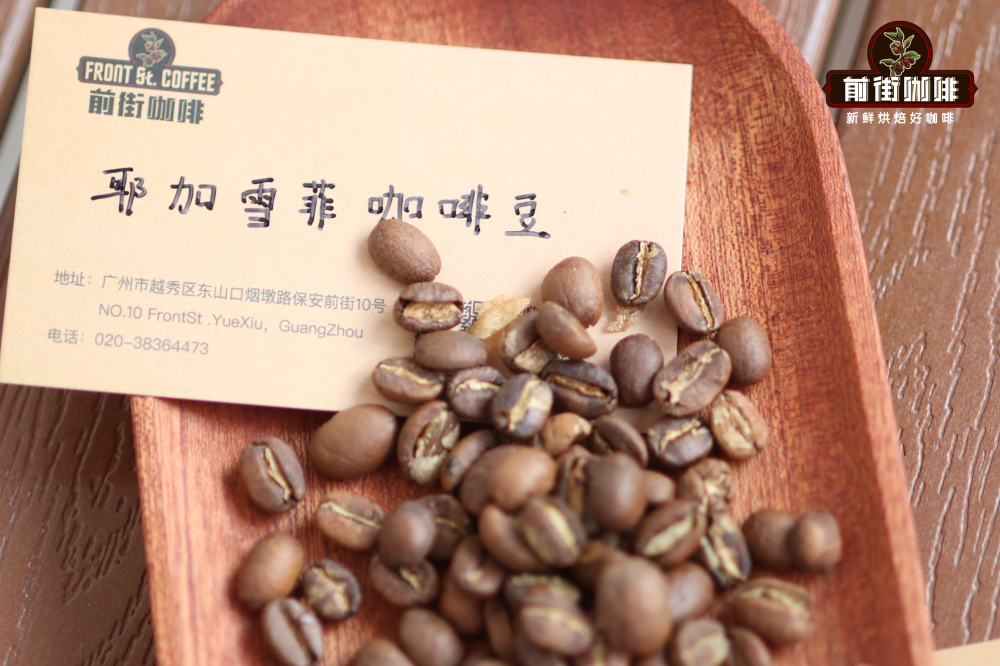
Professional coffee knowledge exchange more coffee bean information please follow the coffee workshop (Wechat official account cafe_style)
For more boutique coffee beans, please add private Qianjie coffee on Wechat. WeChat account: qjcoffeex
Important Notice :
前街咖啡 FrontStreet Coffee has moved to new addredd:
FrontStreet Coffee Address: 315,Donghua East Road,GuangZhou
Tel:020 38364473
- Prev
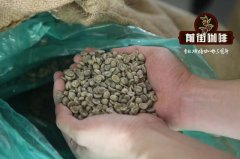
Why Arabica beans are popular _ how to drink Arabica coffee beans _ recommended
Professional coffee knowledge exchange more coffee bean information Please follow the coffee workshop (Wechat official account cafe_style) in the coffee world, when people mention good coffee, people often associate Arabica beans with Arabica beans, so why are Arabica coffee beans so popular in the world? Like the grapes that make wine, there are many dazzling varieties of coffee fruits. At present,
- Next
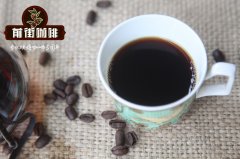
High-end coffee-Arabica Arabica coffee beans _ Arabica coffee beans and what
Professional coffee knowledge exchange more coffee bean information Please pay attention to the coffee workshop (Wechat official account cafe_style) many coffee shops will use 100%Arabica (Arabica) to advertise themselves, the price of coffee beans / powder cans will not be too low, is Arabica the pronoun of high-end coffee? ● Arabica is the most important coffee tree in the world.
Related
- Beginners will see the "Coffee pull flower" guide!
- What is the difference between ice blog purified milk and ordinary milk coffee?
- Why is the Philippines the largest producer of crops in Liberia?
- For coffee extraction, should the fine powder be retained?
- How does extracted espresso fill pressed powder? How much strength does it take to press the powder?
- How to make jasmine cold extract coffee? Is the jasmine + latte good?
- Will this little toy really make the coffee taste better? How does Lily Drip affect coffee extraction?
- Will the action of slapping the filter cup also affect coffee extraction?
- What's the difference between powder-to-water ratio and powder-to-liquid ratio?
- What is the Ethiopian local species? What does it have to do with Heirloom native species?

